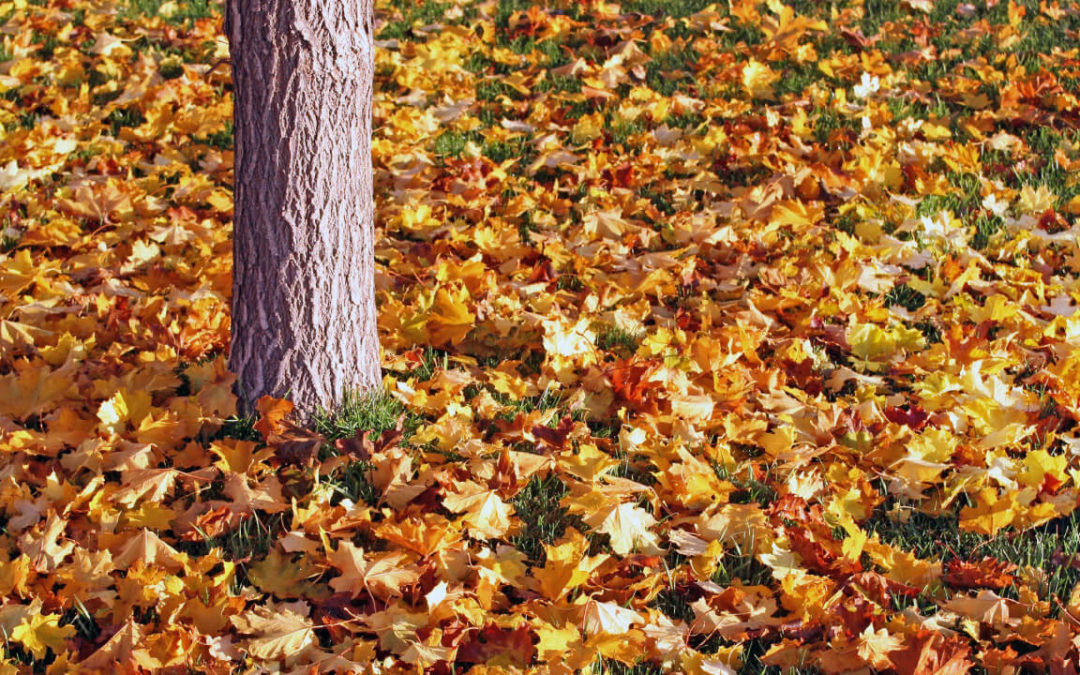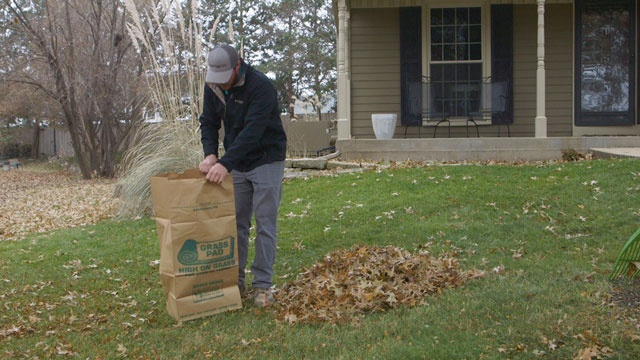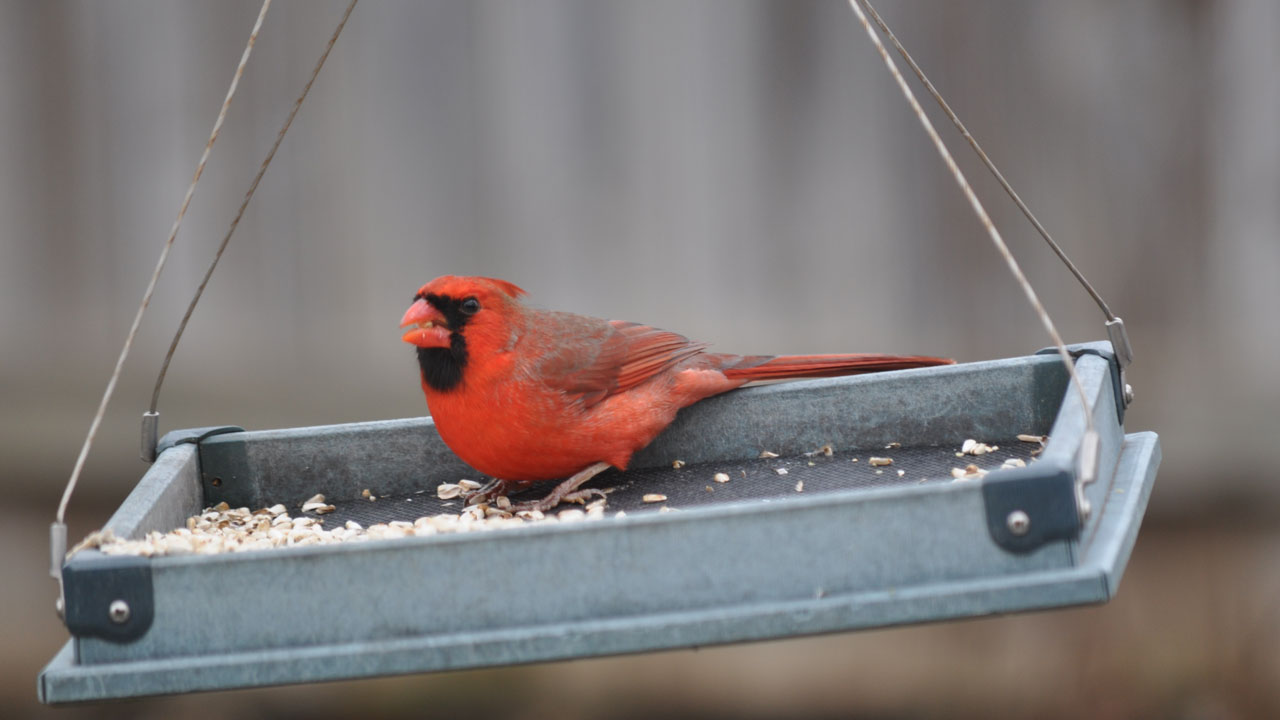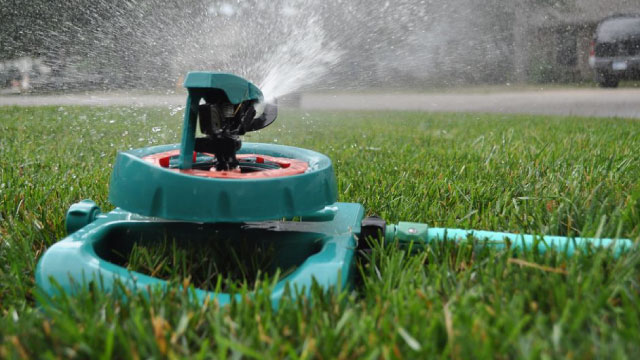Preparing for Winter Dormancy
When the sun is shining on a mild winter’s day, many of us are looking out our windows and asking ourselves, “Is there anything I should be doing to my lawn?” Besides checking Craiglist and Facebook Marketplace for good deals on lawn equipment, there is not much you need to do. However, if you have a busy lifestyle and have just not had the time to get all your lawn preparations checked off, a sunny, mild day in winter is a great time to complete them. Here are a few reminders for the next break in the weather.
Get Fall Wrapped Up
It’s time to get those last few leaves composted, mulched, or removed from the lawn before the snow season arrives. Heavy piles of unmulched leaves block sunlight, air movement, and moisture in the soil. A thin layer of mulched leaves is good, but it must be thin enough to allow the sun, air, and water to reach the grass.
Winter Food for Lawns
Mulched leaves are beneficial but won’t supply enough nutrients for healthy turf. Apply Snowman, winter root builder, on a day when the ground is not frozen. Snowman winter root builder is low nitrogen with added phosphorous and potash for root growth and disease resistance. Grass roots will continue to grow till the soil is frozen hard.
Lawn-Cal for Winter Lawns
Salt from ice melter used on roads, driveways, and sidewalks can cause severe damage to grass, trees, and small shrubs. Now is the time to apply Grass Pad’s Lawn Cal, which contains beneficial lawn calcium. Calcium will play a physiological role in recovering sodic soil and improving the soil structure to allow sodium to leach from the soil.
Preparing Trees and Shrubs for Winter
Prune or cut off any dead growth from trees and shrubs to discourage insects who choose to hide there for the winter. Remove branches that overlap and rub against each other.
Avoid pruning spring flowering shrubs such as lilac, azalea, and specific hydrangea. These shrubs form their spring flower buds over late summer and fall. Any pruning of these shrubs, though not life-threatening, will be removing spring flowers. Prune spring flowering shrubs after the bloom petals have fallen next spring.
Dormant oil can be applied on a mild day above 40 degrees. Use over a burning bush, euonymous, pines, or spruce to control scale and other insect eggs, such as spider mites.
Protect young trees from animals by wrapping stems or trunks with wire mesh. Smooth bark trees such as Red maples should be protected with tree wrap to prevent winter sun scalding.
Preparing Perennial Gardens for Winter
Cut back dry stems to soil level to prevent rotting in flower beds.
Procrastinators, if you have not planted your tulips, daffodils, crocus, and hyacinth, get them into the ground soon. The ground is still workable now, but it won’t be long before we have a frozen tundra.
Mulch flower beds once extreme cold weather arrives. Adding a fresh layer of mulch around plantings will give the landscape a neat appearance while keeping the temperatures around the plants consistent. Mulch will hold moisture in the soil, one of the most important parts of fighting winter stress.
Garden Tools Need Attention
Oil garden hand tools to extend their life. A thin layer of vegetable oil will help to protect your shovels, spades, axes, and hoes from moisture and winter rust. Extend the life of your garden hoses by storing them in the shed, garage, or basement.
Feeders for the Birds
- Clean bird feeders each season.
- Bird houses provide shelter from the weather and a haven from cats and other predators.
- As temperatures fall, high fat, high-calorie suet is the perfect food to help birds get through long cold nights.
- Keep a low level of fresh water in a clean bird bath. A bird bath heater will keep the water from freezing.
See Related: Bird Feeders and Bird Seed
Dry Winter? Pull The Hoses Back Out!
If late fall & winter have been extremely dry, that means your grass (and your landscape!) is thirsty, so get that hose back out and start watering. Deep watering help the roots of your grass and your plants establish better before the long winter, so find a couple of these warm, sunny days and get some water down.
More Related Articles to Summer Lawn Survival
What is Dormant Seeding?
- The benefits of dormant seeding. Learn More at this Link
Snowman – Key to Lawn Domination
- Why Snowman is essential for a healthy lawn. Learn More at this Link
Bird Feeders & Bird Seed
- What type of bird feeder do you need for your backyard? Learn More at this Link
When to Prune a Hydrangea
- Different hydrangeas require different pruning times. Learn More at this Link
Benefits of adding Calcium to Your Lawns Diet
- Adding calcium to your lawn has many benefits for a healthy lawn. Learn More at this Link





